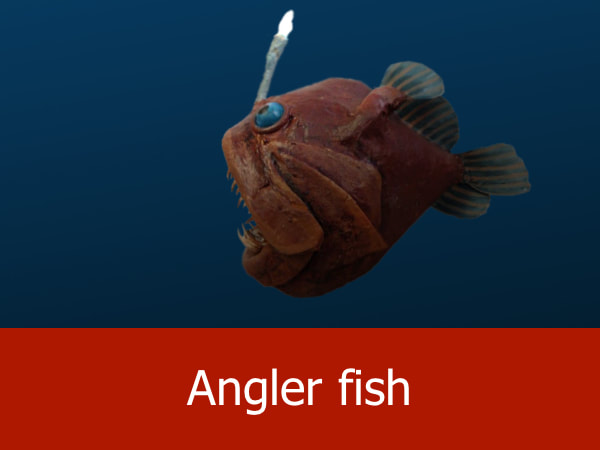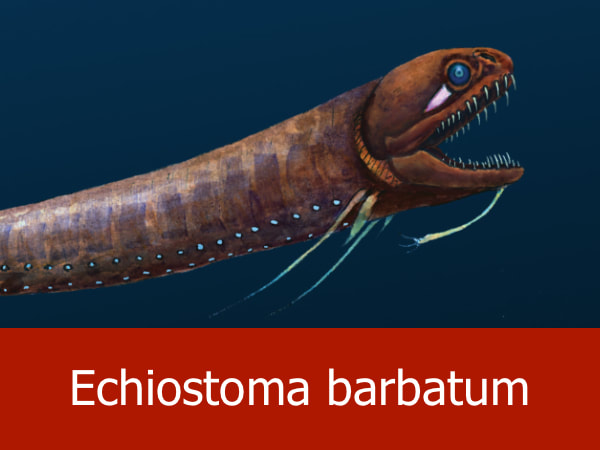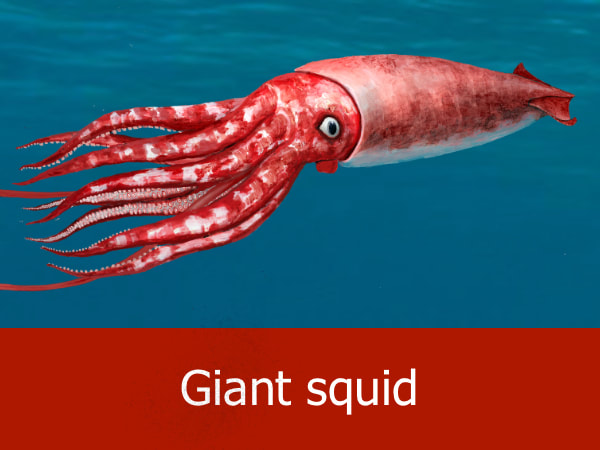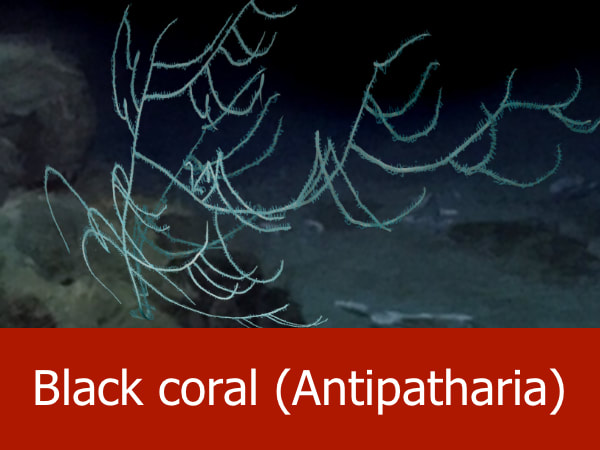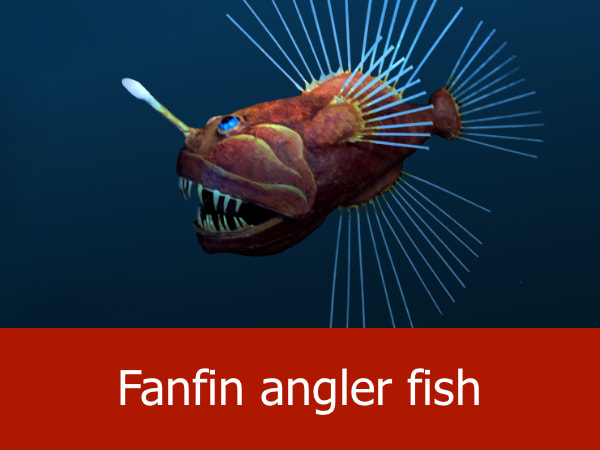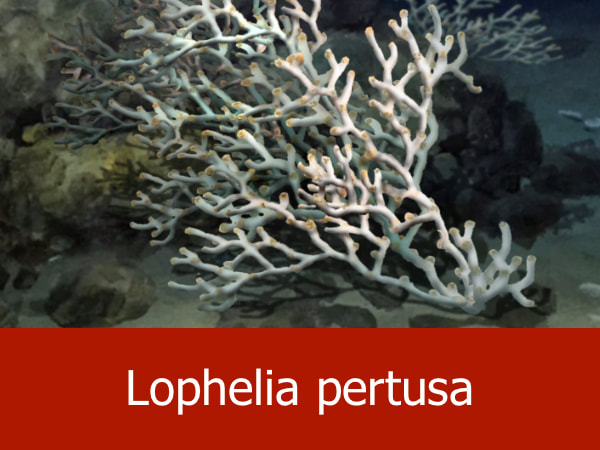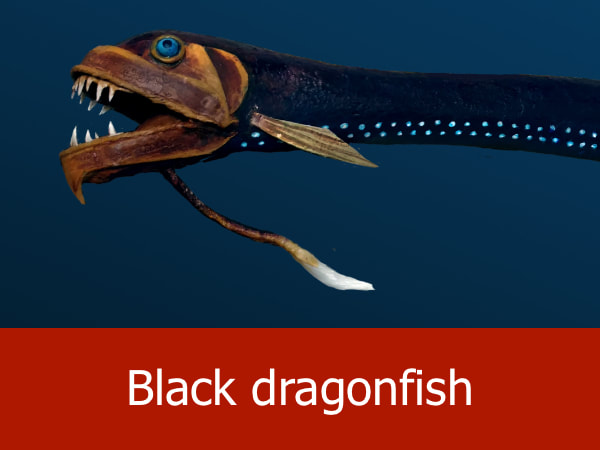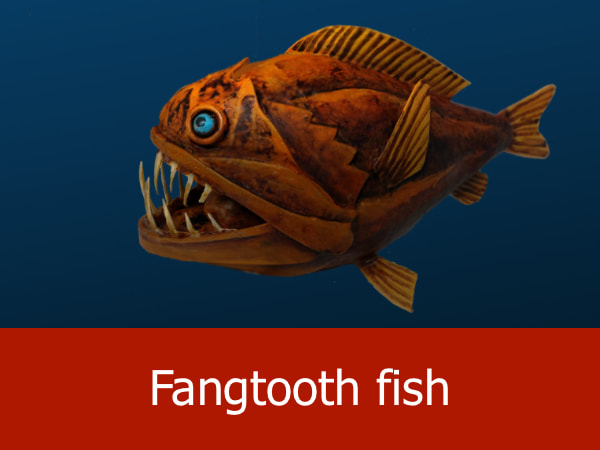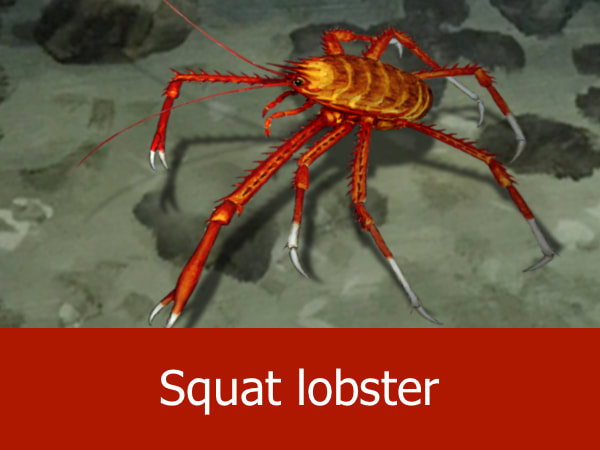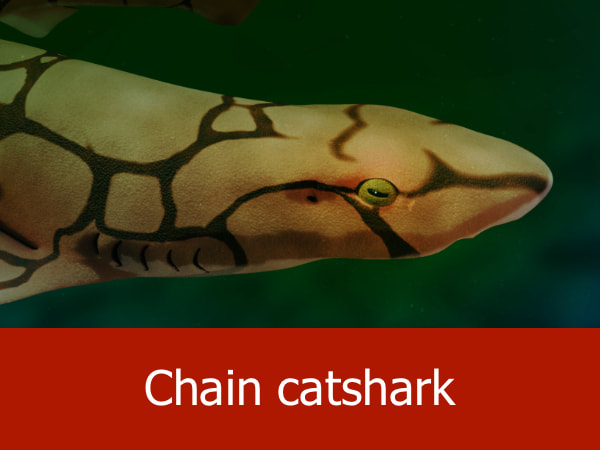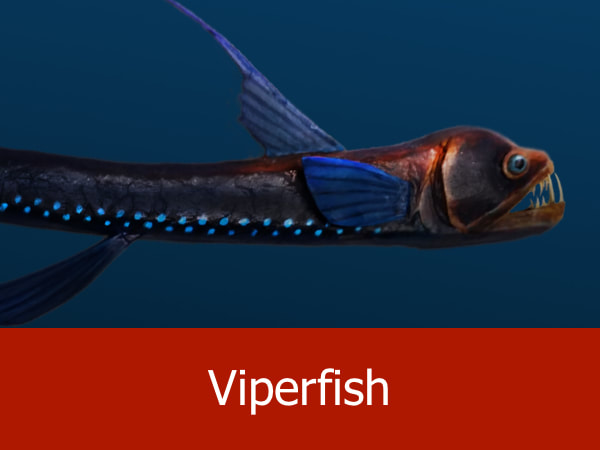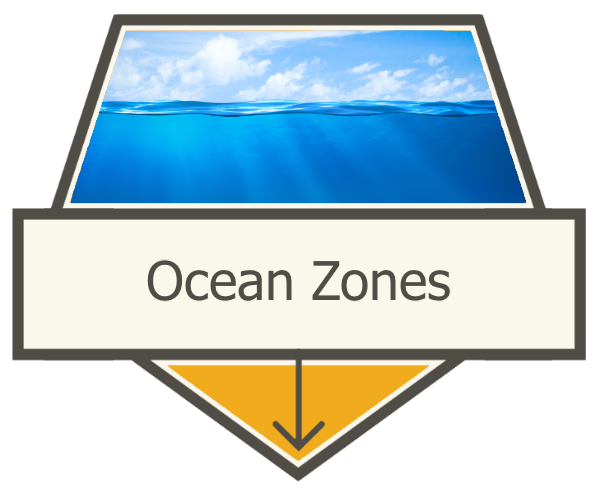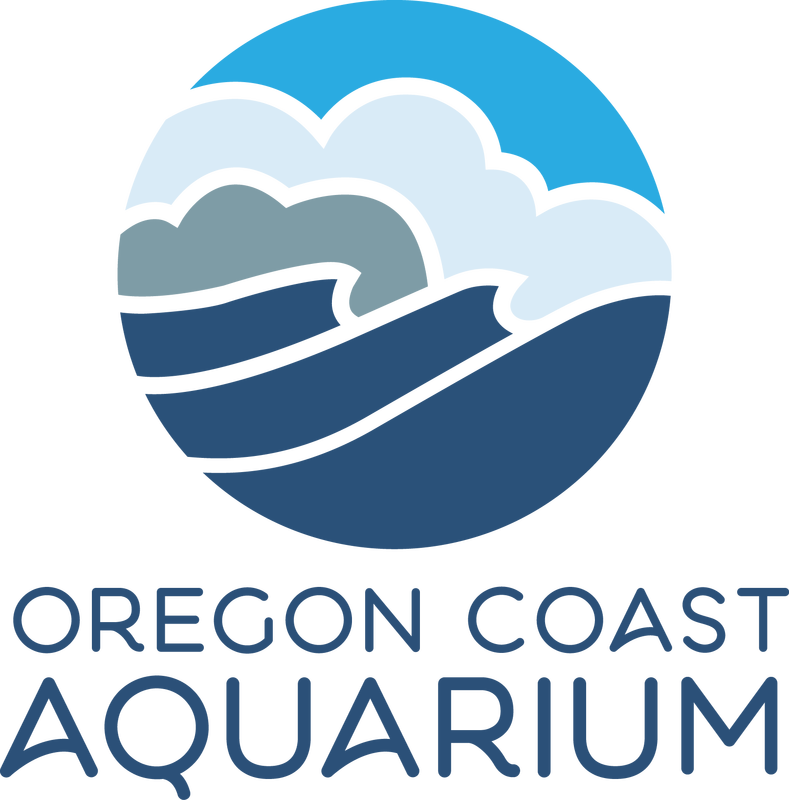|
|
ECOSYSTEMS > OPEN SEA
In Greek, the word “abyss” loosely translates to mean “bottomless.” Naturally, the ocean isn’t bottomless, but this zone is so deep it is nearly impossible for scientists to reach or study. The abyss (or Abyssapelagic Zone) is generally between depths of 9,842 to 19,685 feet (3,000 to 6,000 m) with an average temperature near freezing. It is continually dark and deprived of nutrients. The amount and variety of life here decreases rapidly from the zone above, but it does exist. Many animals have bizarre adaptations which allow them to survive in such a hostile place. Strange-looking creatures like angler fish use bioluminescence (the biochemical emission of light by living organisms) to attract their prey. The aptly named black swallower fish can consume animals much larger than itself thanks to an expandable stomach. Still other creatures use large lower jaws to scoop up mouthfuls of mud from the ocean floor and then filter out organic matter for food. One of the most fascinating abyssal animals is the giant squid (Architeuthis dux), which for generations was so reclusive many thought it was a legend. Because of its distance from the surface and harsh conditions, the abyss is the least understood zone in the ocean. And it’s likely to stay that way for the immediate future. |
Features Related to the Abyss:
Earth: The Ocean Planet: Seen from space, the Earth is clearly a world of water. In fact, life here simply wouldn't exist without this one huge, interconnected ocean.
Edith Widder, Part 1: Challenge and Innovation: In Part 1 of 2, meet Dr. Edith Widder. This deep-sea explorer and inventor introduces us to her work and the unique camera platforms she invented which helped her capture on film some amazing and mysterious marine animals.
Edith Widder, Part 2: Edie and the Squid: Deep-sea explorer Dr. Edith Widder details how her unique camera system, the Medusa Lander, was used to photograph one the of the ocean's most elusive creatures — the giant squid.
Virtual Exploration: Searching for Life in the Mariana Back-Arc: In the lightless and super heated ecosystems around volcanic vents, marine life have evolved unique survival strategies. This three-week virtual exploration will take you deep into the trenches and valleys of the Mariana Back-Arc to better understand this miracle of life.
Edith Widder, Part 1: Challenge and Innovation: In Part 1 of 2, meet Dr. Edith Widder. This deep-sea explorer and inventor introduces us to her work and the unique camera platforms she invented which helped her capture on film some amazing and mysterious marine animals.
Edith Widder, Part 2: Edie and the Squid: Deep-sea explorer Dr. Edith Widder details how her unique camera system, the Medusa Lander, was used to photograph one the of the ocean's most elusive creatures — the giant squid.
Virtual Exploration: Searching for Life in the Mariana Back-Arc: In the lightless and super heated ecosystems around volcanic vents, marine life have evolved unique survival strategies. This three-week virtual exploration will take you deep into the trenches and valleys of the Mariana Back-Arc to better understand this miracle of life.


